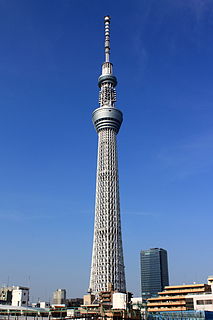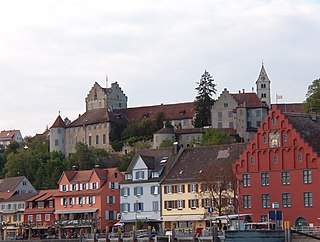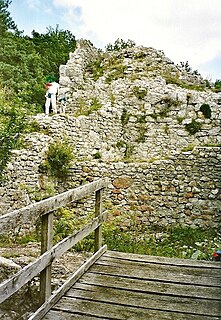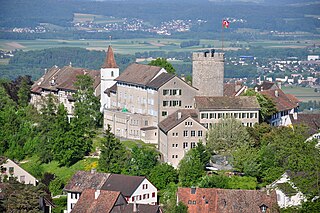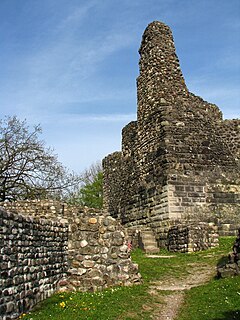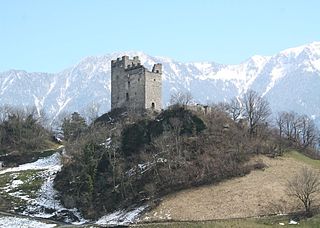| Wulp | |
|---|---|
| Küsnacht | |
Ruins of Wulp Castle | |
| Coordinates | 47°19′17.7″N8°36′21.1″E / 47.321583°N 8.605861°E Coordinates: 47°19′17.7″N8°36′21.1″E / 47.321583°N 8.605861°E |
| Type | hill castle |
| Code | CH-ZH |
| Height | 570 m above the sea |
| Site information | |
| Condition | ruin |
The ruins of Wulp Castle (German : Ruine Wulp or Burg Wulp) is a castle located besides Küsnachter Tobel in the municipality of Küsnacht and the canton of Zurich in Switzerland. It was built during the high Middle Ages. [1] Despite this, the castle is documented only in a few found texts, and much of the castle's history is not known. [1] However, in the chronicle of Muri Abbey, a castle that could perhaps fit Ruine Wulp's description - a castle in proximity to Zurich and Lake Zurich - was mentioned, but this has not been confirmed by other findings and is mere speculation. [1] Also, a person named Eghart of Küsnacht was mentioned in the chronicle and several other documents to be the owner of the castle in the late 11th century. [2]

German is a West Germanic language that is mainly spoken in Central Europe. It is the most widely spoken and official or co-official language in Germany, Austria, Switzerland, South Tyrol (Italy), the German-speaking Community of Belgium, and Liechtenstein. It is also one of the three official languages of Luxembourg and a co-official language in the Opole Voivodeship in Poland. The languages which are most similar to German are the other members of the West Germanic language branch: Afrikaans, Dutch, English, the Frisian languages, Low German/Low Saxon, Luxembourgish, and Yiddish. There are also strong similarities in vocabulary with Danish, Norwegian and Swedish, although those belong to the North Germanic group. German is the second most widely spoken Germanic language, after English.
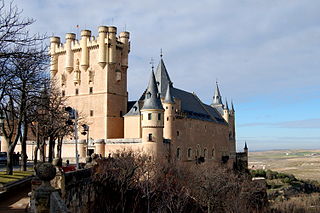
A castle is a type of fortified structure built during the Middle Ages by predominantly the nobility or royalty and by military orders. Scholars debate the scope of the word castle, but usually consider it to be the private fortified residence of a lord or noble. This is distinct from a palace, which is not fortified; from a fortress, which was not always a residence for royalty or nobility; and from a fortified settlement, which was a public defence – though there are many similarities among these types of construction. Usage of the term has varied over time and has been applied to structures as diverse as hill forts and country houses. Over the approximately 900 years that castles were built, they took on a great many forms with many different features, although some, such as curtain walls and arrowslits, were commonplace.

Küsnachter Tobel is a small river canyon respective gorge on the southwestern slope of the Pfannenstiel mountain in the canton of Zürich in Switzerland.






